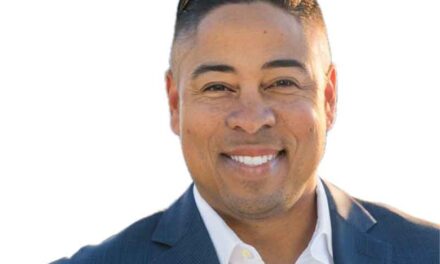In an effort to be more transparent about their health care costs and to embolden patients to make better choices, hospitals across the country started 2019 with a federal mandate to publish their master price lists, although California has been required to do this for more than a decade.
As of Jan. 1, hospitals must publish online the starting prices for every service or procedure. These detailed lists, known as chargemasters, include thousands of entries.
The 2010 Affordable Care Act required hospitals to make these lists available to the public, but until Jan. 1, hospitals were not required to publish them. The new requirement is an effort by the Centers for Medicare & Medicaid Services to improve price transparency in health care.
California hospitals have made prices available to the public for more than 10 years through California’s Office of Statewide Health Planning and Development (OSHPD), Jan Emerson-Shea, Vice President of External Affairs for the California Hospital Association, told Uken Report.
The federal mandate takes it one step farther requiring hospitals to make the information available on their respective websites or link it to OSHPD in a readable format.
Patients in the Desert Care Network, which includes Desert Regional Medical Center in Palm Springs, John F. Kennedy Memorial Hospital in Indio, and Hi-Desert Medical Center in Joshua Tree can find pricing information here.
“The hospitals of the Desert Care Network focus on providing high-quality, cost-effective care to all patients we serve,” said Todd Burke, a spokesman for Desert Care Network. “We understand that the costs of healthcare can be confusing. When looking at the charges posted to our website, it is important to know that the charges posted are a reference price and not the amount that patients or insurers actually pay. When inquiring about actual costs of care, we strongly encourage patients to speak with their insurance provider, or if uninsured or those patients who have Medicare or Medicaid, to speak with the hospital’s financial services department.”
“We have posted our chargemaster on the OSHPD website for several years and update it every July 1,” Lee Rice, Media Coordinator and Communications Specialist for Eisenhower Health, told Uken Report. “Because it’s a spreadsheet, we feel linking to the existing California Office of Statewide Health Planning and Development (OSHPD) link is best so the community can be assured that it is the same information we provide to OSHPD.”
Like Burke, Emerson-Shea and others caution that consumers should not consider these lists to be realistic price guides. Published prices are commonly a starting point for payment negotiations between hospitals and insurance companies and bear little resemblance to what the patient might actually pay.
Much will have to do with what type of insurance you have, whether it’s an HMO or a PPO or some other medical insurance.
“This information is not going to be that useful for consumers to know what they will actually pay out of pocket,” Emerson-Shea said. “”These prices do not reflect what insurance might or might not pay to the hospital.”
The only time that most consumers glimpse chargemaster prices is on hospital bills as amounts they might have owed before insurance negotiated down the price.
These patients should check with their insurance company for actual pricing information, including whatever deductibles they must pay before insurance fully kicks in, Emerson-Shea said.
Some uninsured patients may be directly billed at chargemaster prices. But hospitals typically give discounts when requested, according to health experts.
Consumer advocates and industry experts applaud the move as a step toward price transparency in the Byzantine world of medical billing that can help keep a lid on costs by pressuring hospitals to be more competitive in their prices, according to California Healthline.







